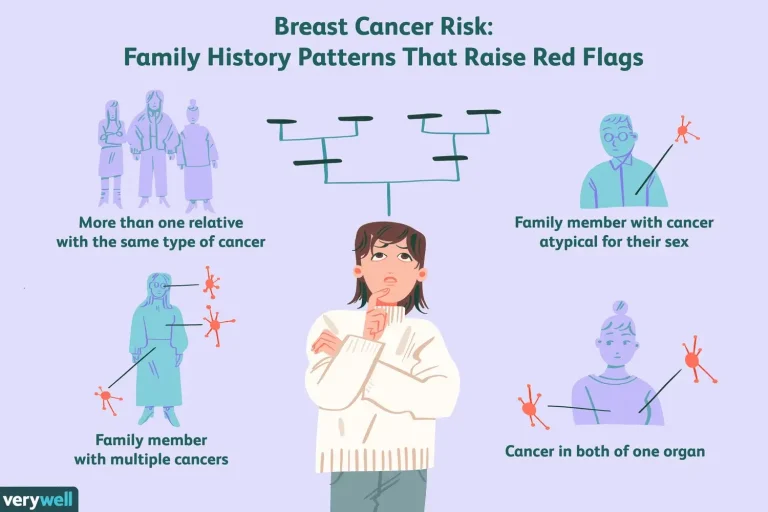Posted inArticles Health Blog News
Lyme Disease: Symptoms, Causes, and Treatment – What You Need to Know
Have you ever returned from a hike, spotted a tiny tick on your skin, and thought, “Should I be worried?” You're not alone. In a study published by Occupational Safety and Health Administration, nearly 500,000 Americans diagnosed annually. Lyme disease has indeed become the most common vector-borne illness in the United States, according to The Journal of Infectious Diseases with significant increases in reported cases over recent years. What Is Lyme Disease? Lyme disease is…






